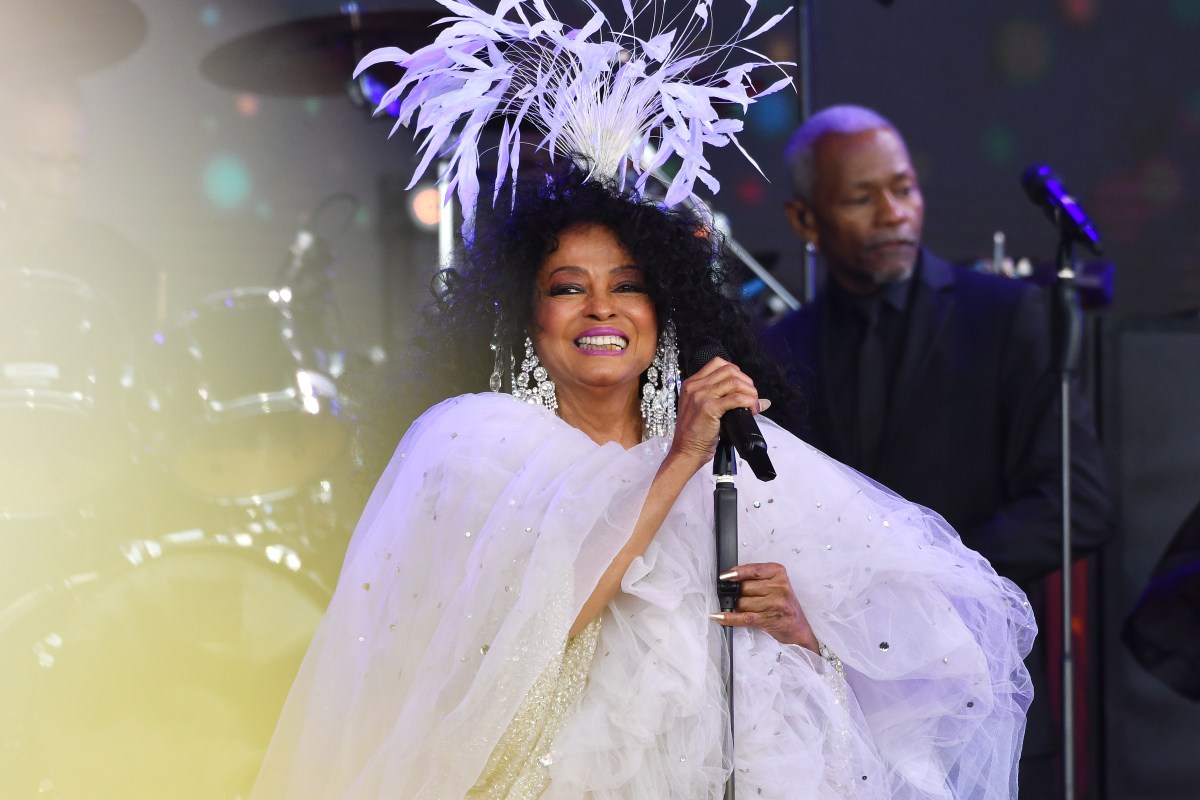It’s hard to ignore what you think you know about Andy Warhol. Much like the consumerism his most familiar works both mimicked and critiqued, his own images of Americana — the Campbell’s soup cans, Marilyn Monroe and others — are now ubiquitous.
But as the Whitney Museum’s mammoth new exhibit makes clear, there is much more to this Pop Art icon than Pop Art.
“Andy Warhol: From A to B and Back Again” is the first comprehensive survey by a United States museum of Warhol’s oeuvre in nearly 30 years, the last being MoMA’s 1989 retrospective two years after his death. More than 350 works are on display here, including dozens of films, privately held erotic sketches, and scores of portraits depicting musicians, athletes, socialites and more.
With his focus on repetition, obsession with celebrity, fascination with disaster, and eye toward advertising and current events, Warhol’s art remains refreshingly relevant.
“He was so ahead of his time,” exhibition curator Donna De Salvo told amNewYork. “He was working in an analog way but thinking in a digital way.”
The bulk of the exhibit chronologically tracks Warhol’s four-decade career, from the 1950s through the ’80s. Despite that longevity, his most familiar works all hail from the 1960s. This period is well represented, with his stylized “Flowers” and silk-screened repetitions of the aforementioned soup and superstar, plus Coke bottles, Elvis and many others.
More resonant are his early pieces focused on death and disaster, many of which are also silk-screened iterations.
“I think Warhol understood something about news media, about the spectacle of tragedy,” De Salvo said. “We want to see it, perhaps because it just feels so unreal.”
Works like “Mustard Race Riot” and “Suicide (Fallen Body),” both from 1963, repeat the type of images looped by 24-hour news or social media after every new tragedy. In “Flash — November 22, 1963,” Warhol combines photos and AP news reports of President Kennedy’s assassination, calling to mind a Twitter feed.
Equally thought-provoking, but more opaque, are Warhol’s ‘70s and ‘80s pieces. Highlights include portfolios of “Sunset” from 1972, which evokes Monet’s “Haystacks” series a la Rothko; busy collaborations with Jean-Michel Basquiat from the mid-1980s that seem pregnant with symbolism; and “Sixty-Three White Mona Lisas” (1979), a reworking of an earlier theme where the iconic painting now shimmers and vanishes like the luster of a satin bridal gown.
Wall-sized camouflage panoramas bookend the exhibit. “Camouflage” (1986), which greets fifth floor visitors, is straightforward in the vein of his later-period corporate logo interpretations, its repetitive nothingness entrancing.
In the final gallery “Camouflage Last Supper” (1986) initially appears to be another vast pattern, but it actually masks silk-screened prints of Leonardo da Vinci’s “The Last Supper.” Even for De Salvo, the piece remains “perplexing.”
“Warhol’s work always looks like you think you know what it’s about,” she said, “but there’s always some other kind of meaning that’s hidden within it.”
‘Andy Warhol: From A to B and Back Again’ runs through March 31 at the Whitney Museum of American Art, 99 Gansevoort St., whitney.org


































